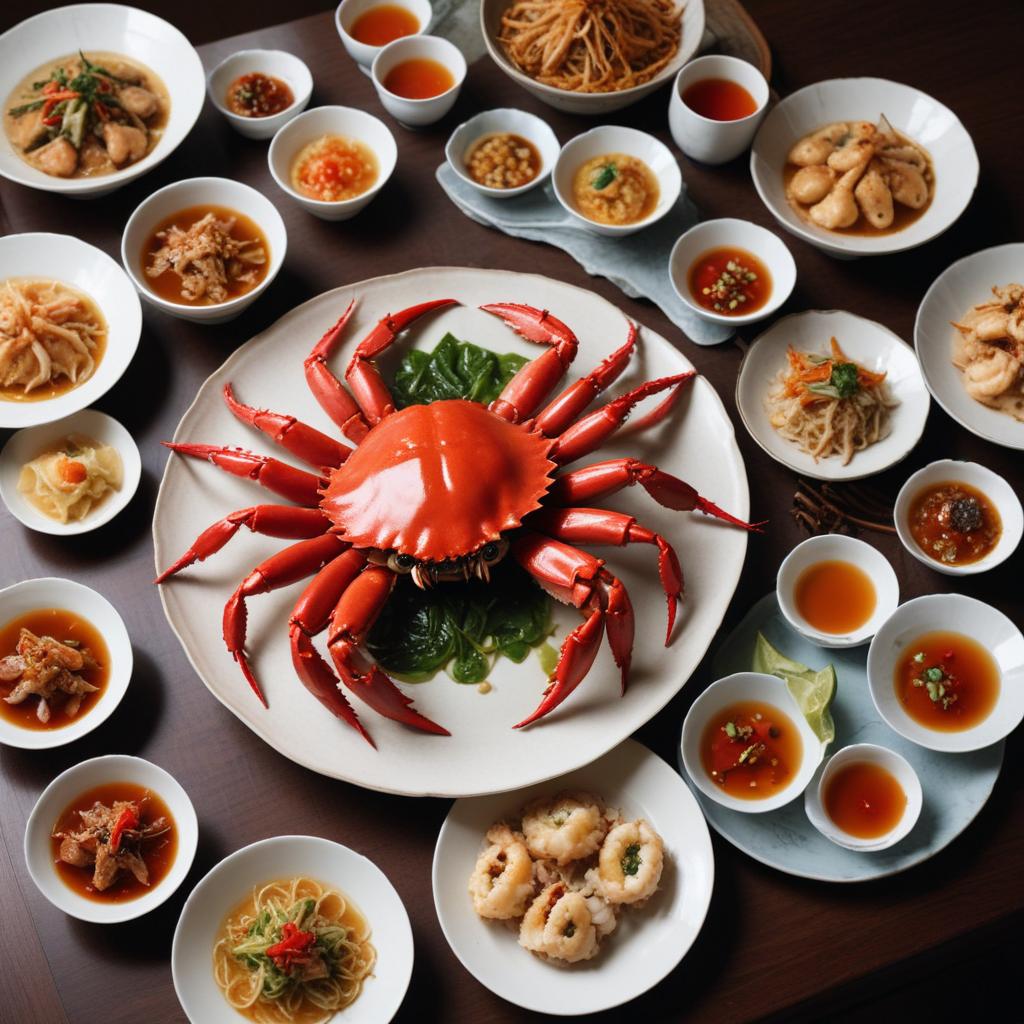
2025-11-20 12:00:47.035 • by
Albert Inestein
Explore the rich history and philosophy of Chinese cuisine through the eyes of British food writer Fuchsia Dunlop, delving into ancient traditions, diverse specialties, and the challenges facing traditional foodways in modern China.
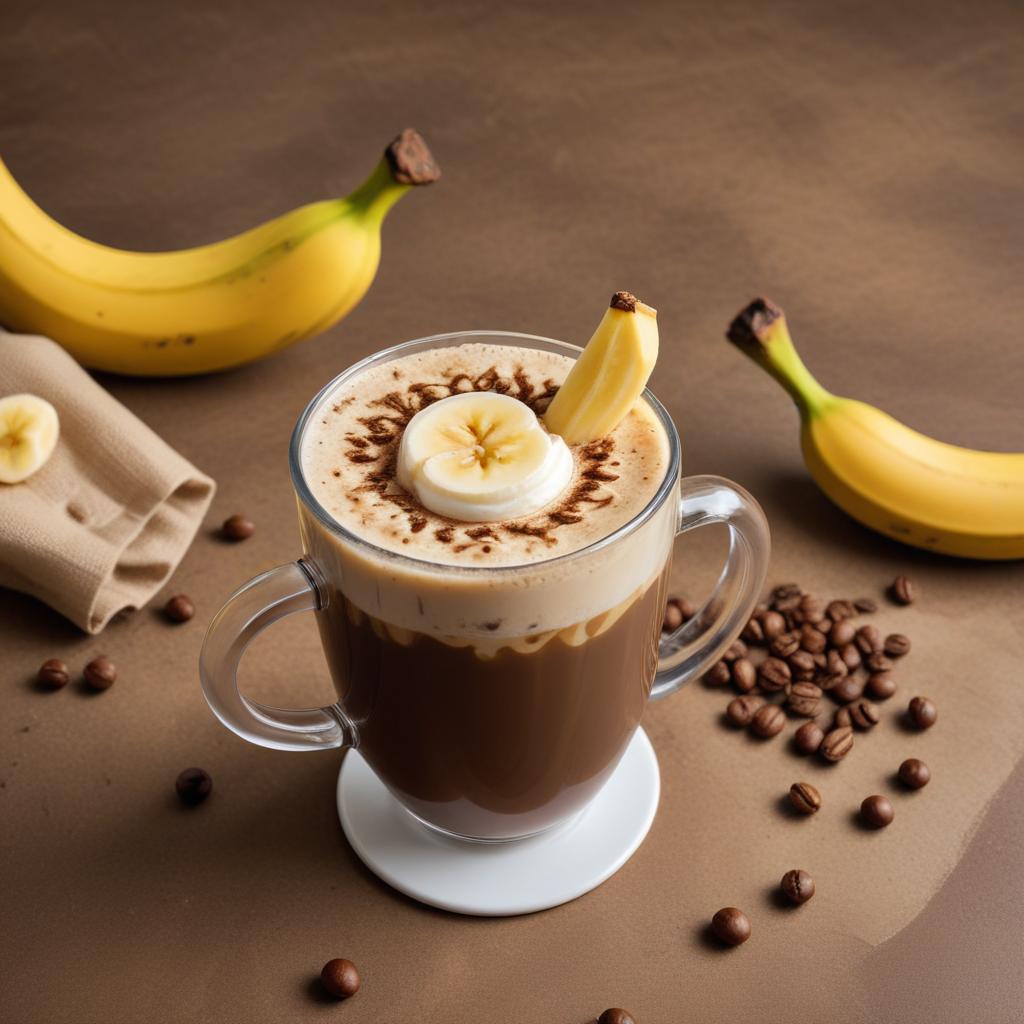
2025-09-04 00:00:26.18 • by
Alfred Ignacio
Forget vanilla and hazelnut! TikTok's newest coffee craze is banana, and it's surprisingly delicious. Learn how to make the perfect banana coffee at home.

2025-08-28 06:00:18.572 • by
Alfred Ignacio
A Cheshire restaurant is serving up a unique dining experience with its extensive water menu, featuring a range of premium waters from around the world.

2025-08-27 06:44:55.747 • by
Albert Inestein
Starbucks' iconic Pumpkin Spice Latte is back, earlier than ever! Find out the surprising stats behind this autumnal phenomenon.
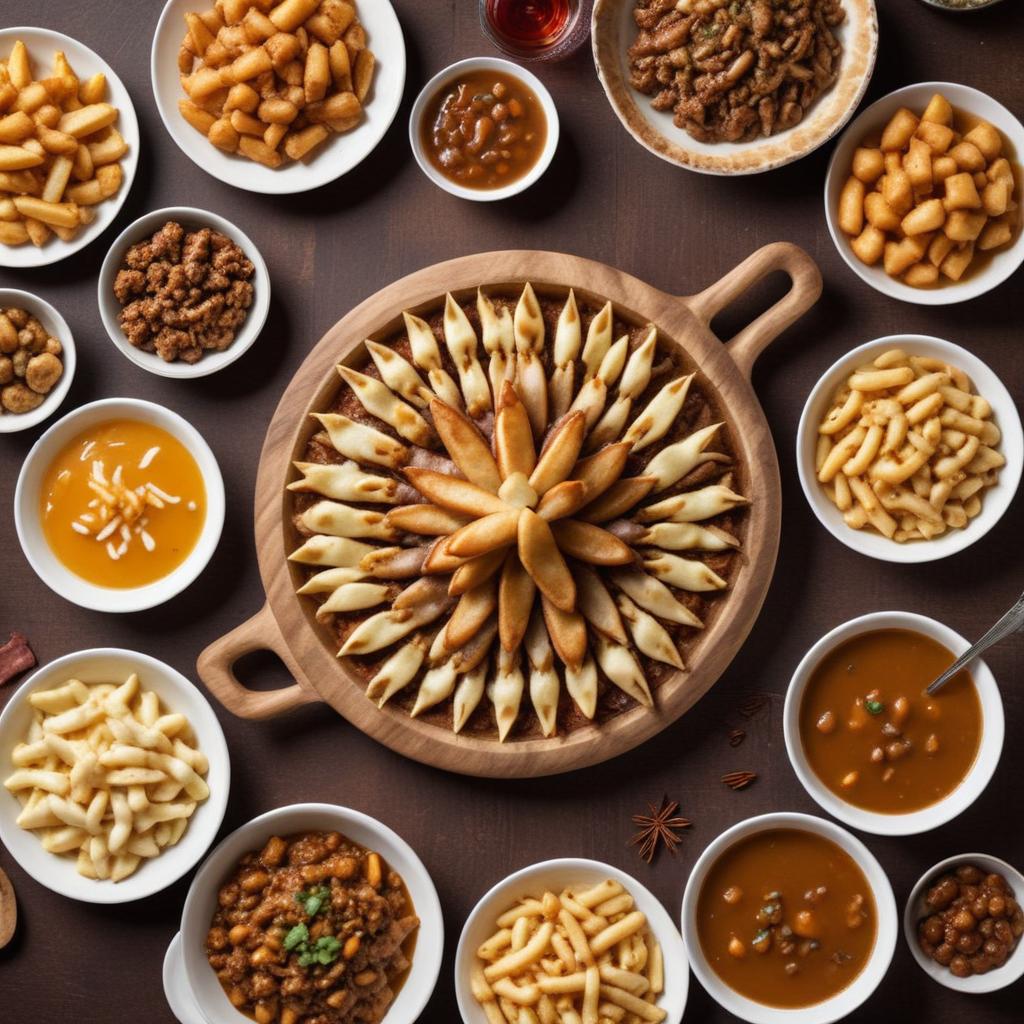
2025-07-02 00:00:47.886 • by
Alice Ibarra
From poutine to pierogies, discover the surprisingly diverse and delicious world of Canadian cuisine!
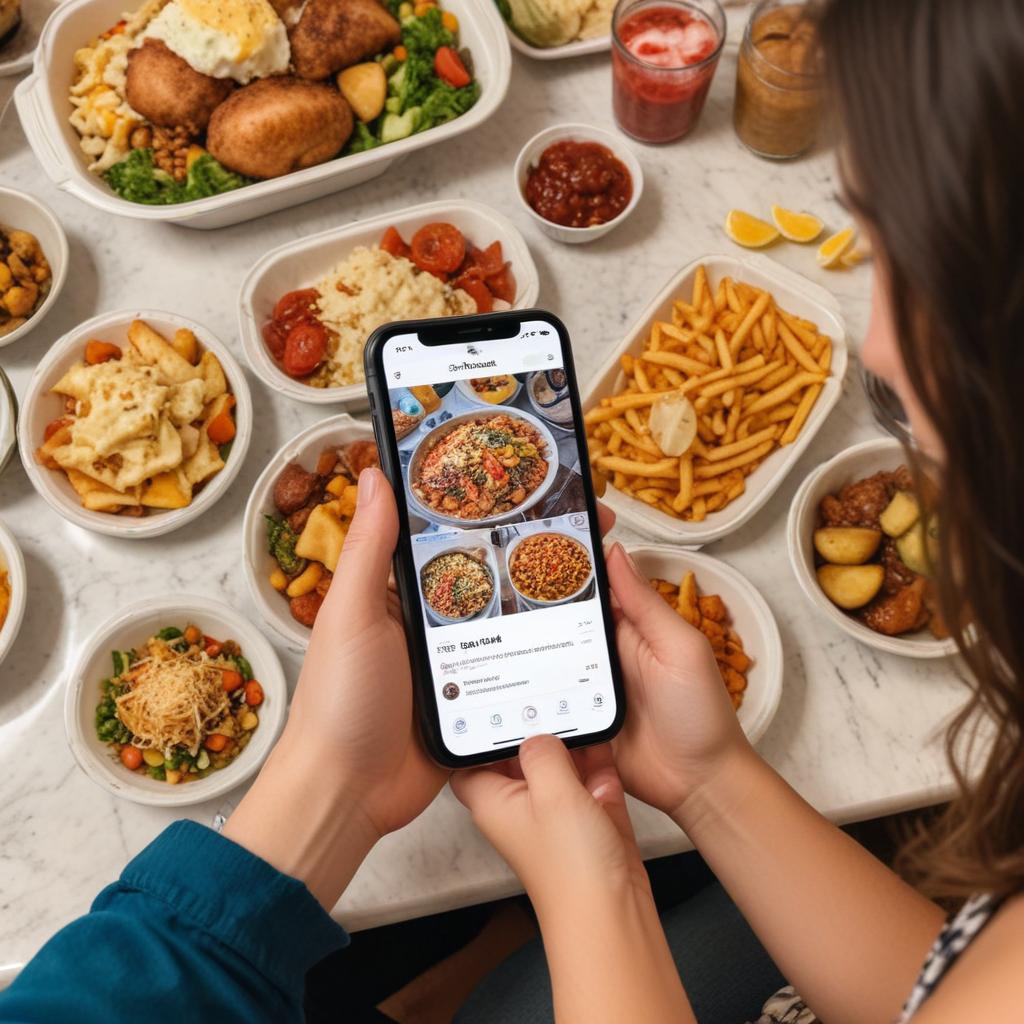
2025-06-26 06:00:54.639 • by
Amir Izad
Discover how food markdown apps are fighting food waste and saving you money, one surprise bag at a time!

2025-06-03 18:00:46.85 • by
Alfred Ignacio
McDonald's is bringing back the Snack Wrap after years of customer demand and a successful social media campaign.

2025-05-10 06:00:55.287 • by
Aaron Irving
The FDA has approved three new natural food dyes, raising hopes for a healthier food system, but challenges remain in the transition away from artificial colors.
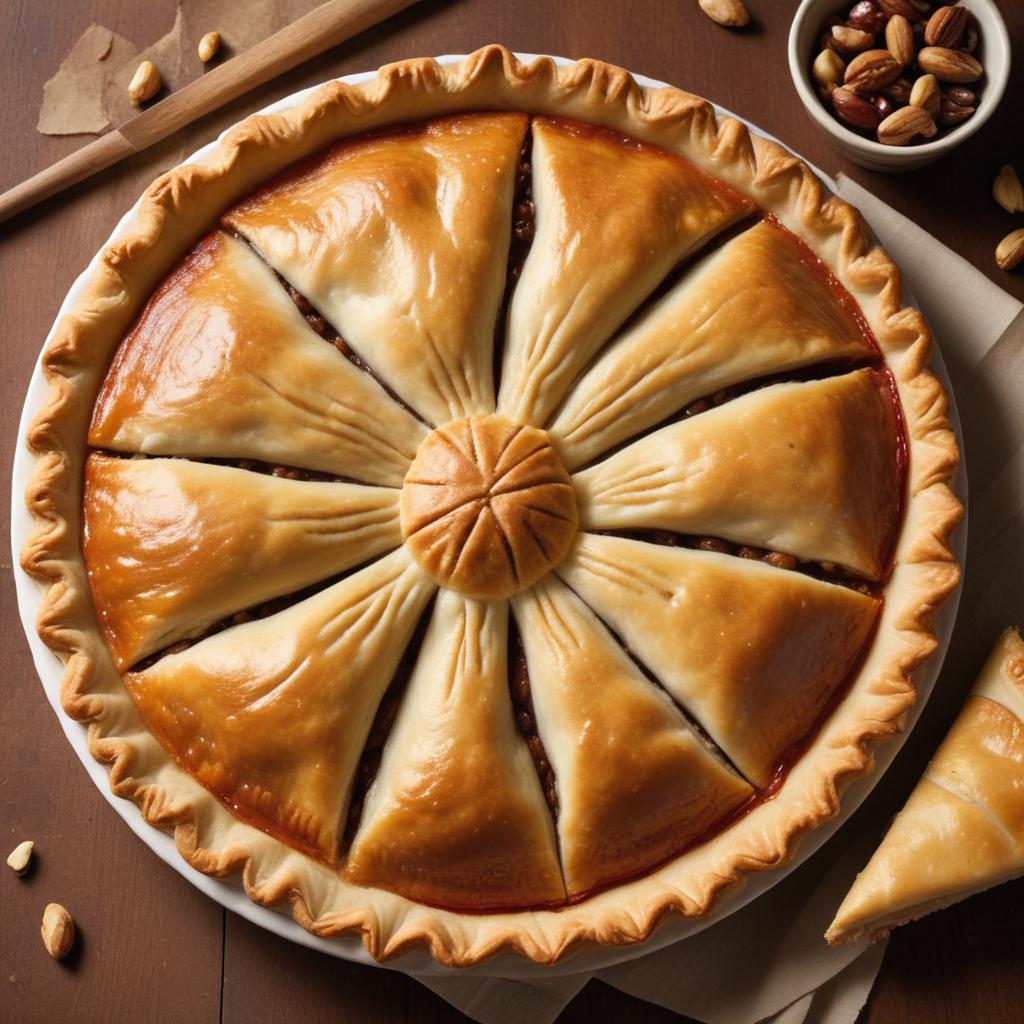
2025-03-17 00:00:36.486 • by
Alice Ibarra
From classic apple pie to exotic buko pie, explore the diverse world of pies and their rich history.














